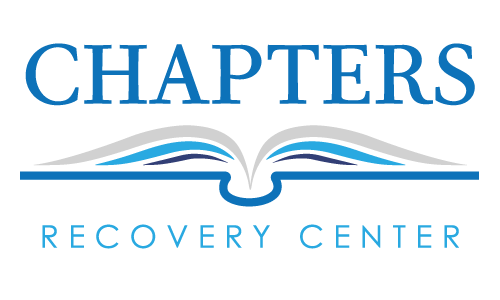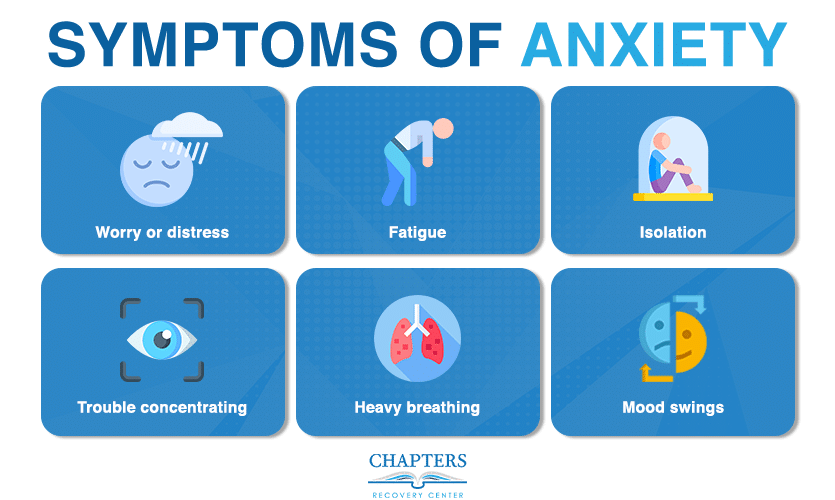It has been the practice of quite a number of people to take their medication with alcohol, regardless of the inherent dangers that come with the practice. Time and again, doctors and medical practitioners have warned against the interactions of alcohol with other substances, but it seems many still fail to appreciate the gravity of the warning.
For others, particularly those with a habit of mixing pain pills and alcohol, the reason could be an unaddressed dependency issue with either alcohol or drugs, or even both. Whatever the reason might be, people really need to know that mixing alcohol and any kind of medication is not advisable, and could even be dangerous.
Why Is Mixing Alcohol With Pain Pills Not Advisable?
On its own, alcohol already comes with serious side effects, and when mixed with other substances, could cause further harm to the body. While the effects vary depending on the tolerance of the person and the amount of alcohol ingested, the most common effects of alcohol intoxication include:
- Sluggishness
- Diminished motor control
- Nausea
- Confusion
- Vomiting
- Decreased comprehension and reaction time
- Elevated blood pressure
- Tendency to lose consciousness
All of these effects have the potential to increase in severity when alcohol is taken with another potent substance. There is also the possibility of adverse interaction, which could lead to complications within the body.
There are even cases wherein combining specific substances, such as oxycodone and alcohol, proved to be fatal, as in the case of Canadian professional hockey player Derek Boogaard, who was found dead on May 2011 after reportedly taking Oxycodone with alcohol the night before. The coroner handling the case said that Boogaard had probably died as soon as he closed his eyes due to the mixture.
Why Is Mixing Pain Pills and Alcohol Particularly Risky?

Oxycodone is particularly potent because it is similar in effect to morphine in that it targets the central nervous system, where it alters the body’s reaction and reception of pain.
Depending upon the person’s threshold and tolerance, and because it works directly on the nervous system, oxycodone could also have other effects on the body, including:
- Nausea
- Decreased blood pressure
- Increased fluid pressure in brain and spine
- Vertigo-like sensation or dizziness
- Decreased heart rate
- Slowed breathing
These effects, apart from the fact that it is also addictive, earned oxycodone a dangerous drug classification from the United Nations Office on Drugs and Crime. The list of the people who have suffered from one form of overdose or another due to using oxycodone with alcohol is also a testament to how justified the classification is.
People who also take either alcohol or pain medication frequently tend to build a tolerance for it. As such, they could take more than the usual amount before they actually feel any of the adverse effects. The greater quantity of substances in their body, however, also significantly increases their chances of experiencing the adverse effects, and of an overdose as well.
With oxycodone and alcohol, however, a large amount is not really needed for it to become a danger. A number of hospitals in the US have reported having to deal with overdose cases where a person who took oxycodone and alcohol has stopped breathing.
Apart from oxycodone, many hospitals have had to deal with overdose cases, both accidental and intended, where people ingested substances that should never be mixed with alcohol as they could be highly dangerous. These include:
Alcohol and Painkillers
Mixing these two could have an intensified sedative effect that could lead to unconsciousness, coma, and severe respiratory depression. The combination of alcohol and painkillers also increases the chance of developing liver damage.
Alcohol and Cannabis
When taken with alcohol, cannabis could induce severe nausea, intense paranoia, and decreased motor and cognitive functions.
Alcohol and Stimulants
When alcohol is taken with a particularly potent stimulant, such as Adderall, a person tends to lose the ability to discern just how intoxicated they really are. It could also lead to complications such as arrhythmia, paranoia, migraines, psychotic episodes, intense nausea, and muscle spasms.
Alcohol and Cocaine
Mixing alcohol and cocaine has sent more people to the emergency room than most other combinations. The combination of the two creates a substance called cocaethylene, which increases the danger of cardiovascular toxicity, which in turn puts a massive stress on the heart.
Alcohol and Ecstasy
The combination of the two substances is known to lead to kidney damage and increased dehydration. There are numerous reports of deaths resulting from the combination of the two that lead to significant toxicity in the body or lethal complications.
Alcohol and Antibiotics
While the two are not really combinations done for recreational drug use, heavy drinkers tend to take alcohol with anything, including antibiotics. This combination could lead to massive migraines, rapid or irregular heart rate, nausea, fatigue, irregular breathing, liver damage, vomiting, and even convulsions.
Alcohol and Antidepressants
Alcohol has the tendency to prevent antidepressants from inhibiting the emotions that it is supposed to inhibit. Conversely, antidepressants tend to intensify the effects of alcohol, causing inebriation with less than the usual consumption.
Alcohol and Hallucinogens
This combination often leads to severe depression, impaired judgment, increased risk-taking behavior, and suicidal thoughts. It could also induce severe nausea, vomiting, and other forms of gastrointestinal distress.
Alcohol and Meth
This particular combination has been known to produce the most pronounced violent behavior in users, including disregard for personal risk or that of others. Continued use also accelerates kidney damage.
Alcohol and Heroin
This combination has brought many users to the emergency room due to a malfunctioning gag reflex, causing people to choke once they start vomiting, which is to be expected from alcohol use. It is particularly dangerous as it significantly decreases heart and breathing rate.
Is Mixing Oxycodone With Alcohol Indicative of a Co-occurring Disorder?
If the tendency to take alcohol with a potent medication like oxycodone becomes chronic, then it is safe to assume that it points to a co-occurring disorder. Frequent use of both is a sure sign of substance dependence, and could also be indicative of latent organ damage as well.
How To Deal With Pain Pill and Alcohol Addiction
Anyone who is going through any kind of addiction or substance dependence, whether it be to alcohol or painkillers, or both, should immediately seek help for it.
There is a need to undergo detoxification to remove the toxic substances in the body, followed by rehabilitation treatments to ensure that addictive substances are not used again. Seek out a reputable facility that offers detoxification and appropriate rehabilitation treatment programs, particularly one that is able to handle co-occurring disorders, as the use of both medication and alcohol is not just a simple substance dependence issue.
Find Help at Chapters Recovery Center
Substance dependencies are rarely a simple matter, which is why treatment and therapy need to be done carefully and at the right pace.
Finding the reason for the dependency and addressing it properly could also help in a big way, and this is where Chapters Recovery Center finds its strength,
We don’t just deal with the outcome, we also do our best to find the source, and address it, so that recovery is ensured, and sobriety is lasting.
Let us help you now.







